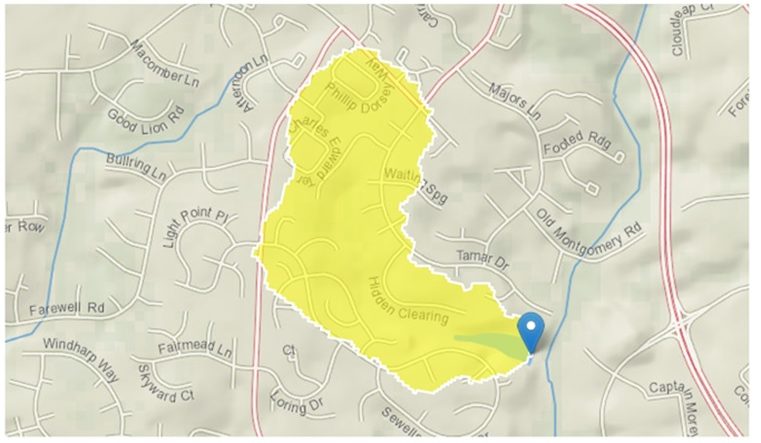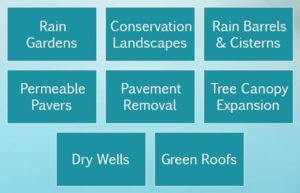At the Quarterly Membership Meeting on Feb 19th, 2020 Barb Schmeckpeper, a Sewell’s Orchard resident and member of Stream Waders presented findings of a biological test of the Sewells Orchard Park micro watershed. This is a summary of Barb’s presentation.
Sewell’s Orchard Community Park Micro Watershed
- Area that drains to the blue point at the outfall of the pond, 0.22 square miles.
- Forest cover: 4.53 %
- Impervious area: 34.9 %
- Developed (urban) land: 92.5%
- Mean Annual Precipitation: 44.7 in.
Water Quality Indicators
In our test:
- Presence of specific life forms (macroinvertebrates)
- Water Clarity (Sediment)
- pH (Acid or Alkaline)
- Amount of Nitrogen (associated with over-fertilization)
- Temperature
- Presence of trash and/or debris
- Presence of sediment, silt
Indicators that we did not test at this time:
- Amount of dissolved Oxygen: 5 – 10 mg/l water
- Presence of specific toxins or chemicals
- Amount of Phosphorus (associated with sediment)
What Stream Waders Do
Stream Waders are volunteers trained by MD Dept. of Natural Resources to take samples for water testing at stream sites throughout Howard County. They learn to take samples for pH, nitrates, and conductivity (salt content). Using a 500-micron net or D-net, they take 20 1-square-foot samples of the stream in a variety of substrates within the stream. For example, a healthy stream could have places that have sand, silt, pebbles, small or large rocks, root wads, or other woody debris on the bottom, it could be shallow and fast-moving (riffle) or deep and slow-moving (pool). Different organisms will live in each type of substrate.
The D-net samples will capture macroinvertebrates (“bugs”) which the Stream Waders send to a lab for identification. Some bugs are very sensitive to pollutants; others are more tolerant. The more bugs in the sample that are in the sensitive category, the better the water quality.
Stream Waders will also fill out data sheets to record the conditions found at the test site.
The results are rated on a sensitivity scale of 1 (worst water quality) to 5 (best water quality) called the Benthic Index of Biotic Integrity (BIBI).
Results (March 13, 2019)
- 2019 BIBI: 1.67 (very poor)
- 2015 BIBI : 1.57
- Instream Conditions: very poor
- Buffer and Floodplain Conditions: very poor
Good News: pH, Conductivity, and Nitrates were all within the usual range
Next Stream Waders sample gathering will be on March 8, 3 pm
What does this result mean?
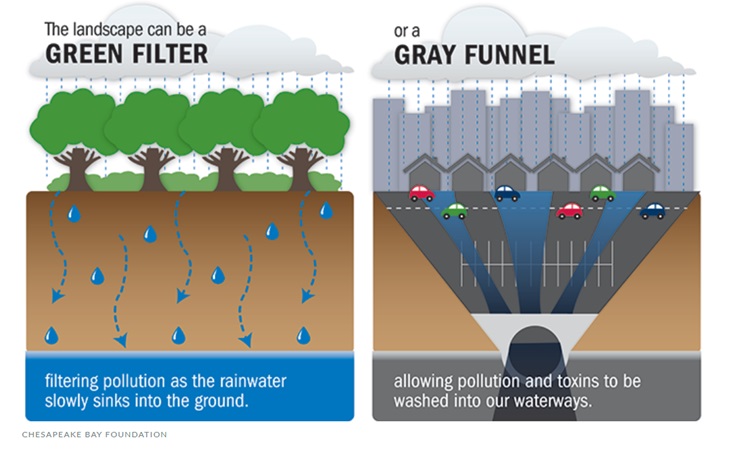
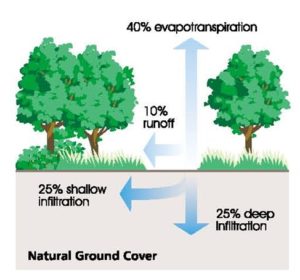
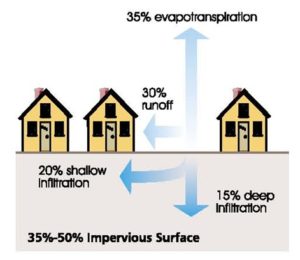
We want to avoid the Gray Funnel
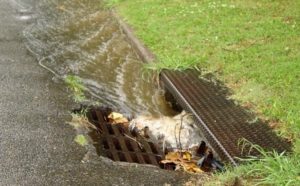
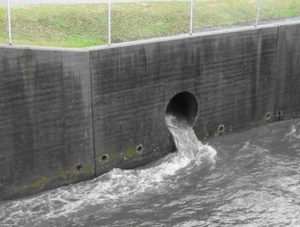
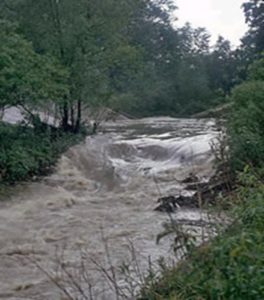
Instead, we can create a Green Filter
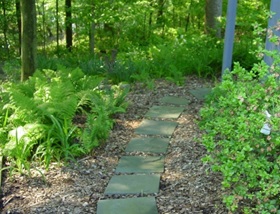
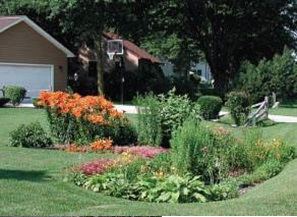
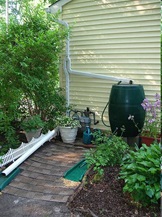
What We Can Do:
To treat stormwater, allow it to soak in
- Slow it down (plant trees, catch water in rain barrel)
- Spread it out (direct downspouts into gardens)
- Let it soak in (rain garden, conservation landscape)
- Replace impervious land cover with porous cover
- NO SPOTS of BARE SOIL
- Abide by the MD Fertilizer Act of 2013: Do NOT apply fertilizer between November 15 and March 1.
Howard County residents have many CleanScape options and funding from the county to help us with the cost. All of these programs are eligible for credit and reimbursement. To see how all of the programs work check out the Howard County CleanScapes webpage by clicking on the picture or pasting the address into your browser:
https://www.cleanwaterhoward.com/what-is-your-role/residential-properties/cleanscapes
